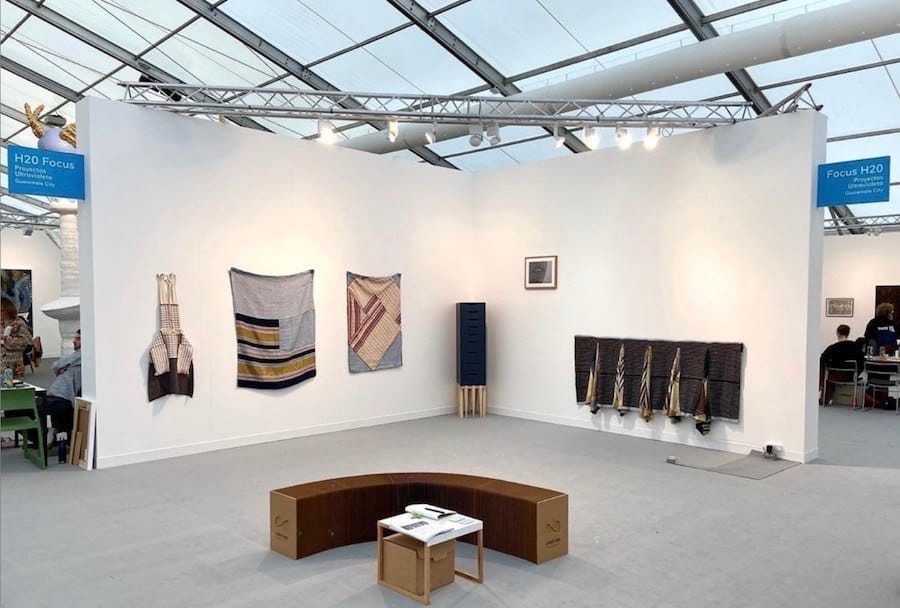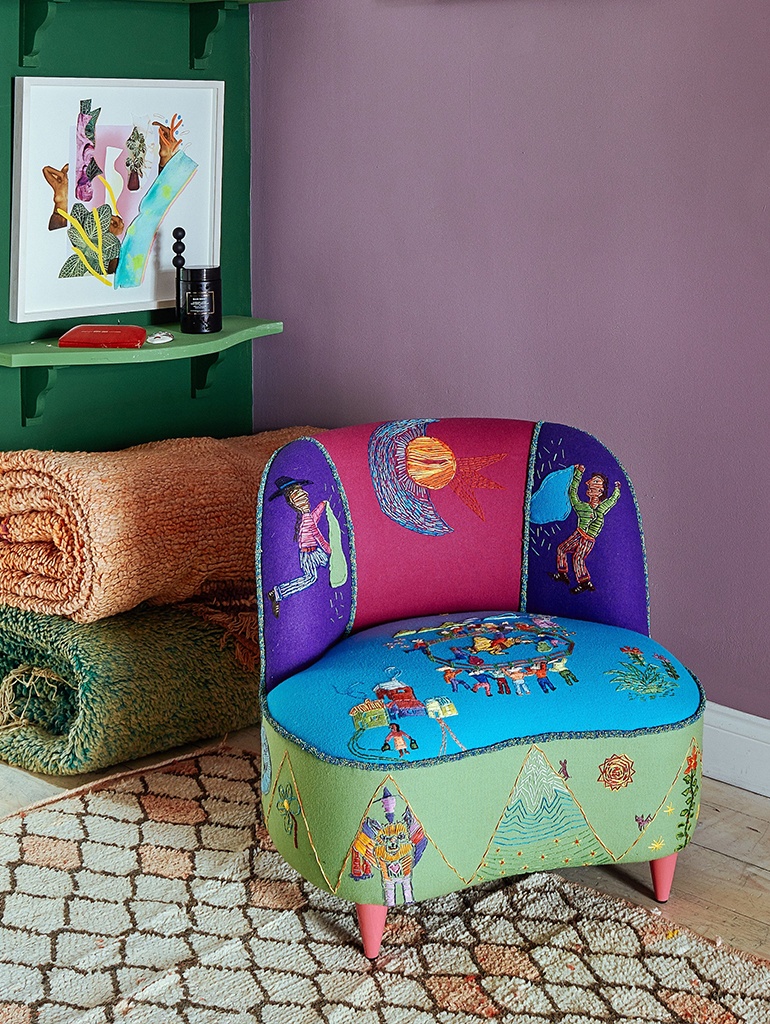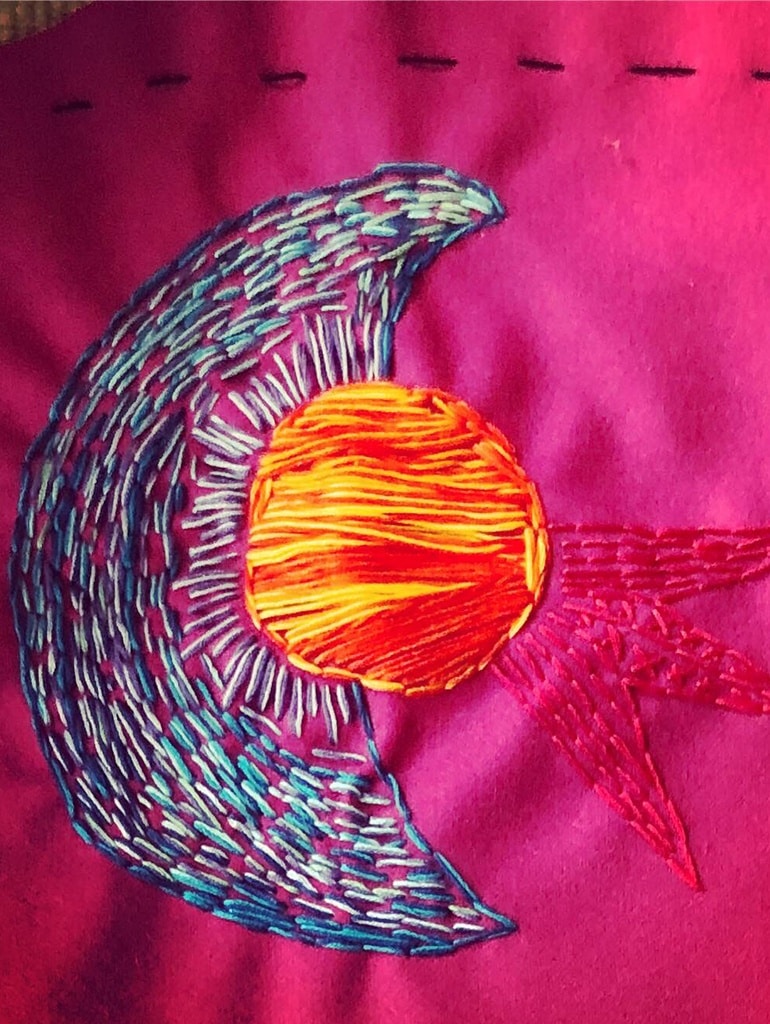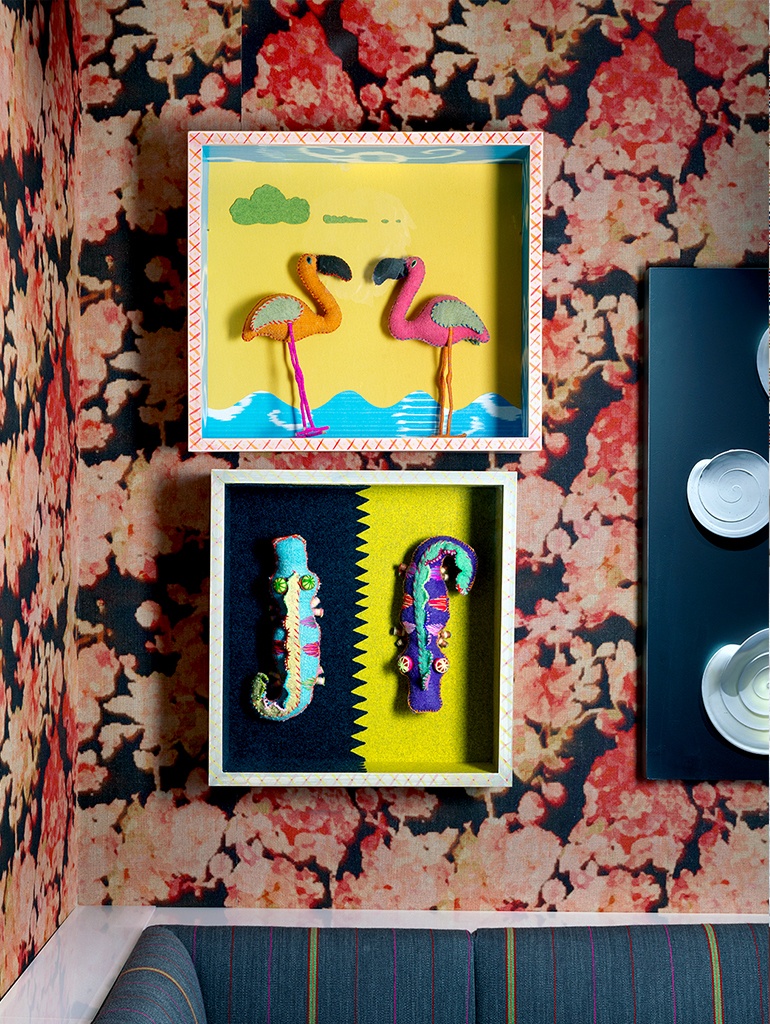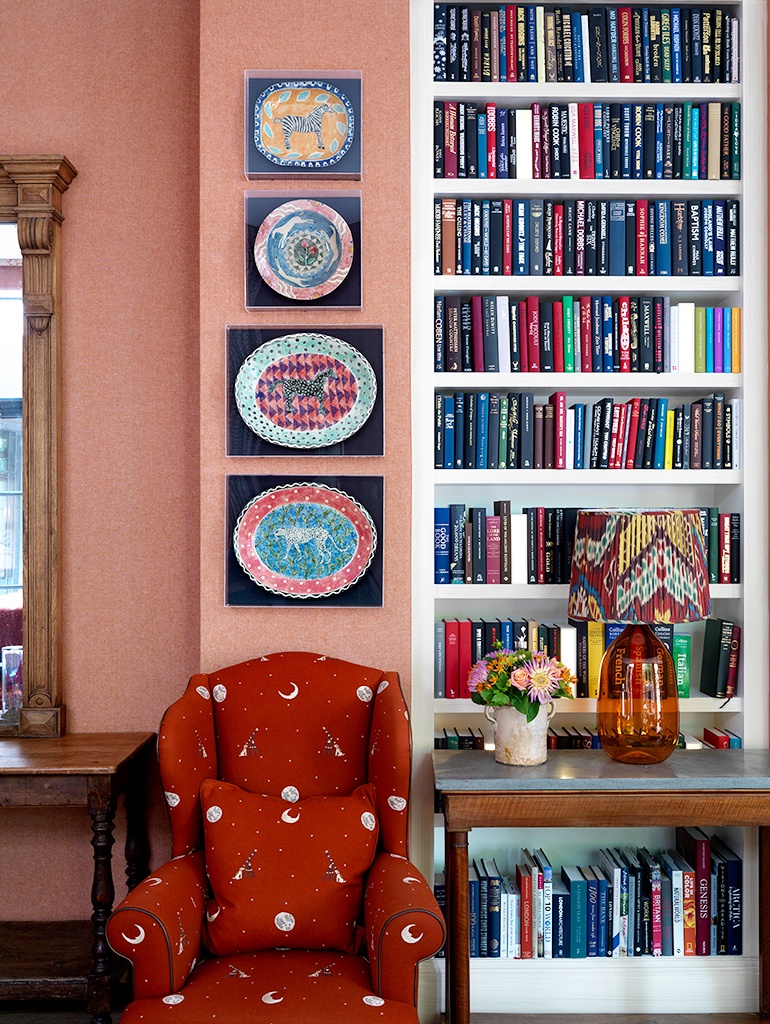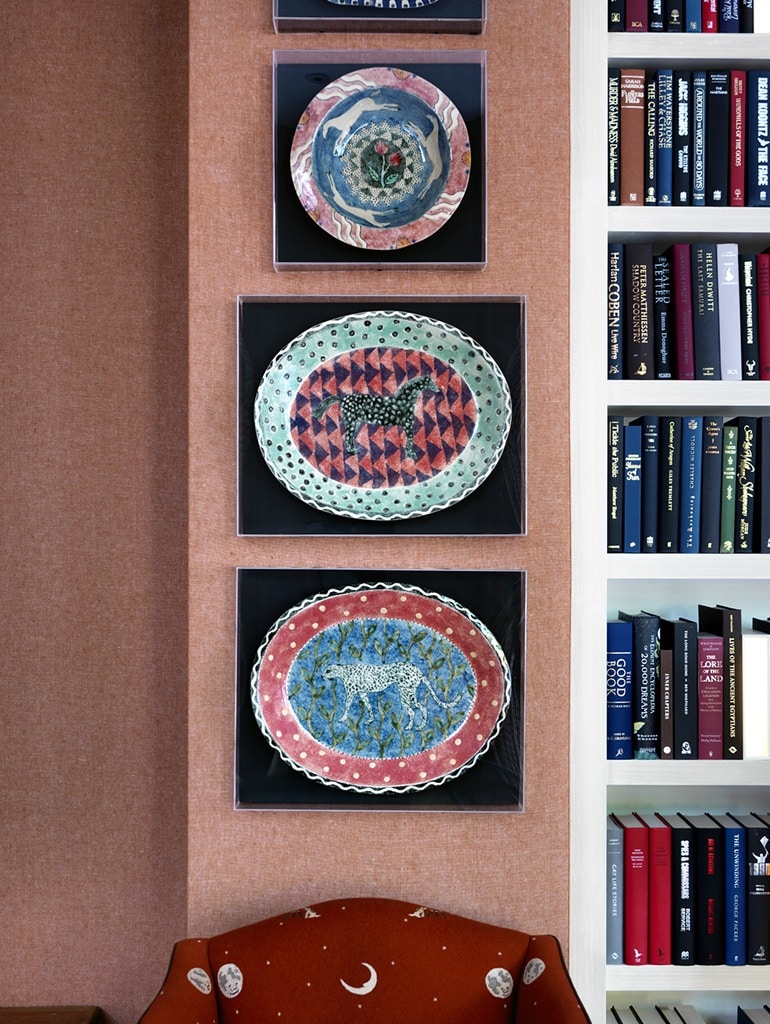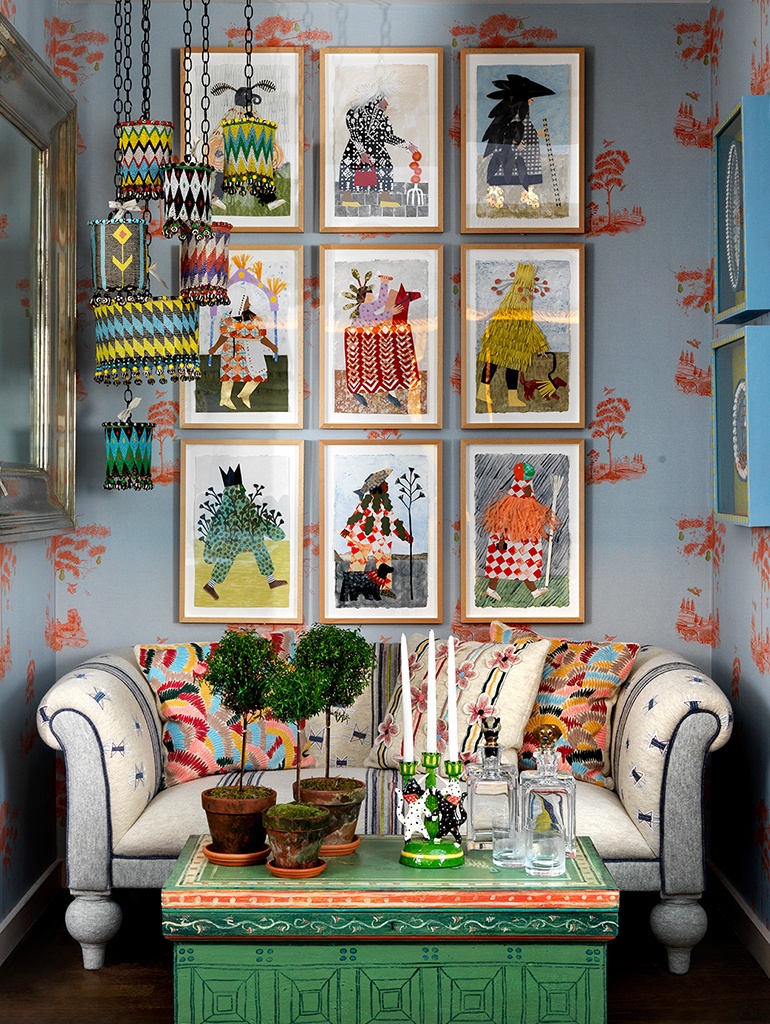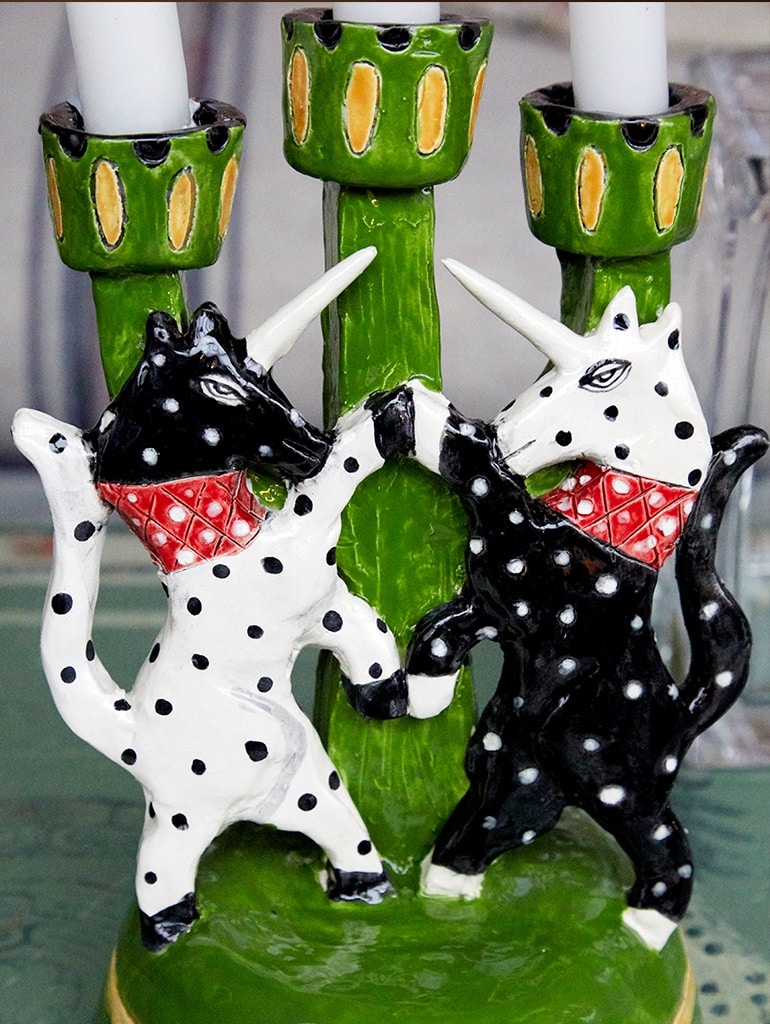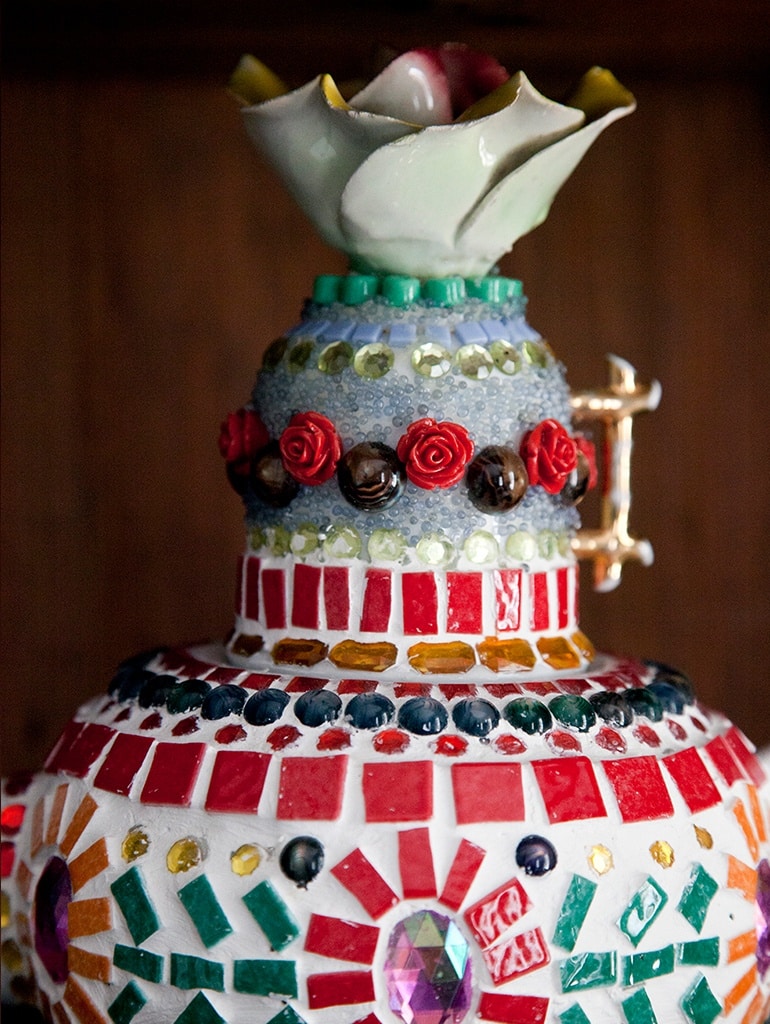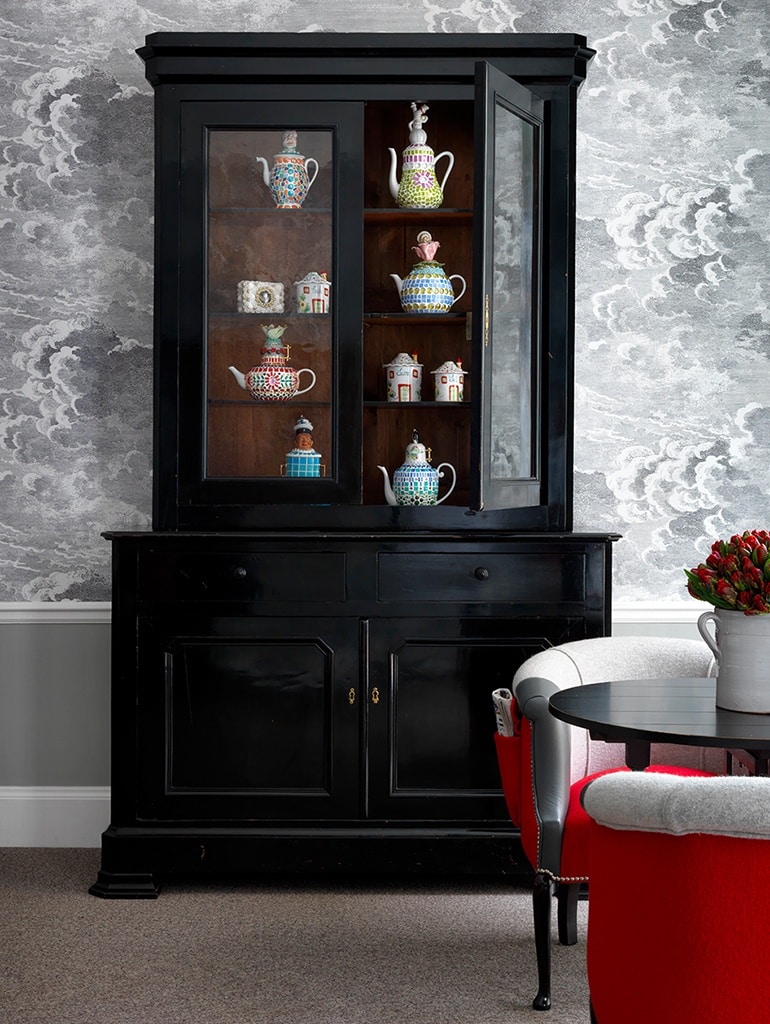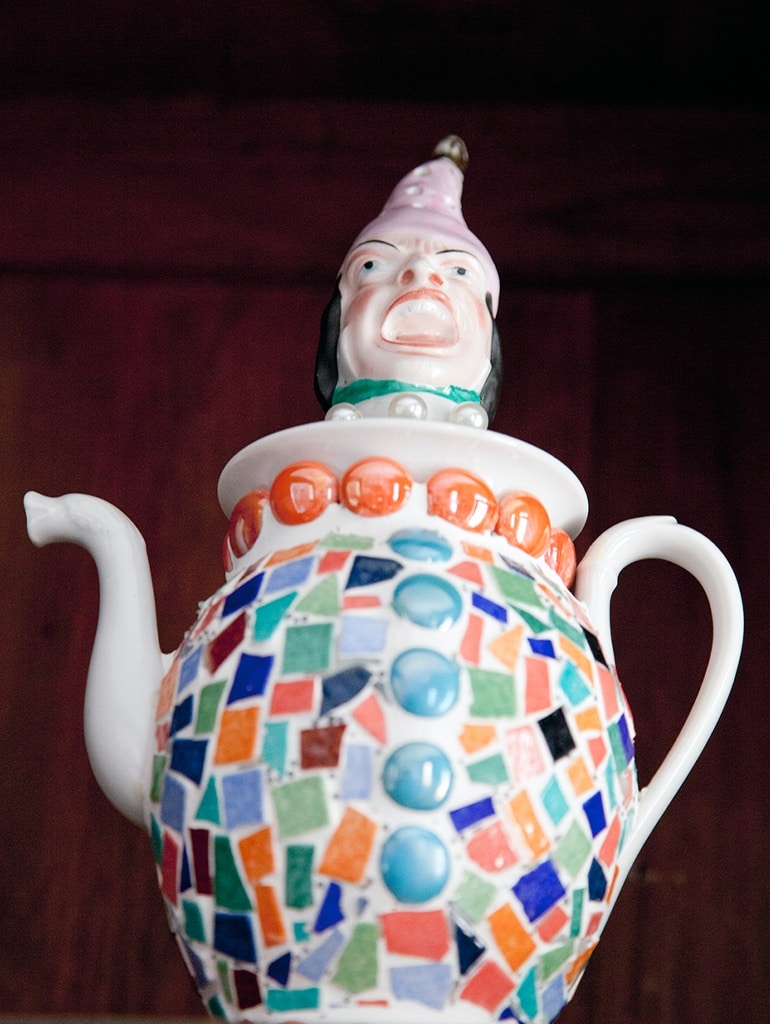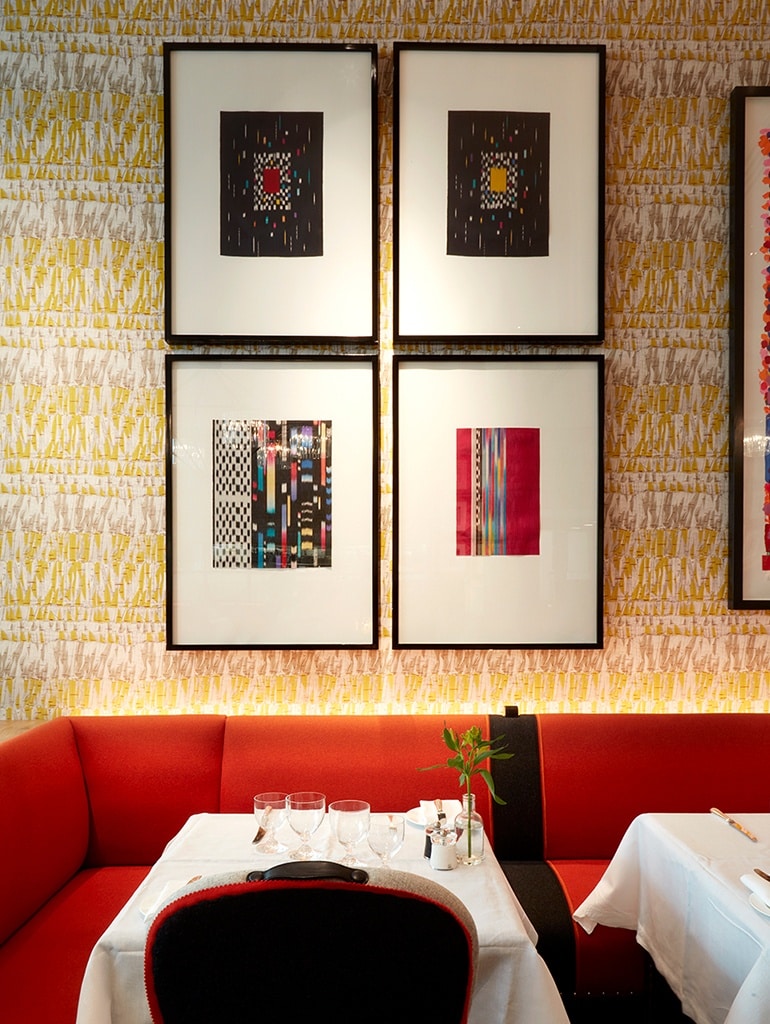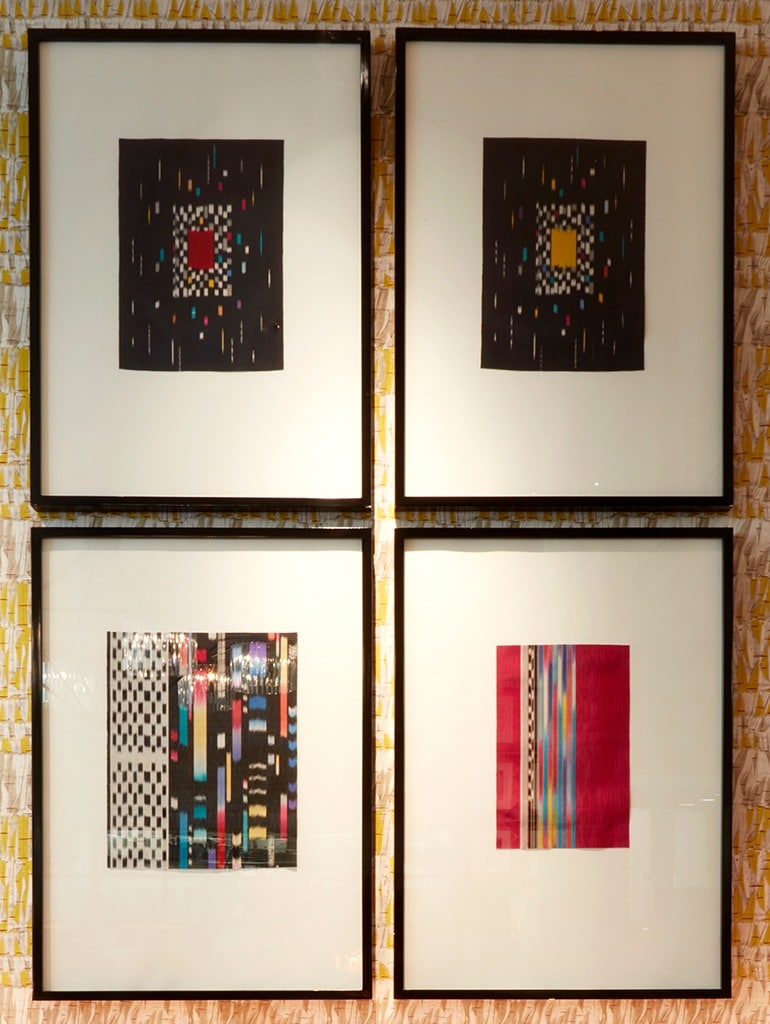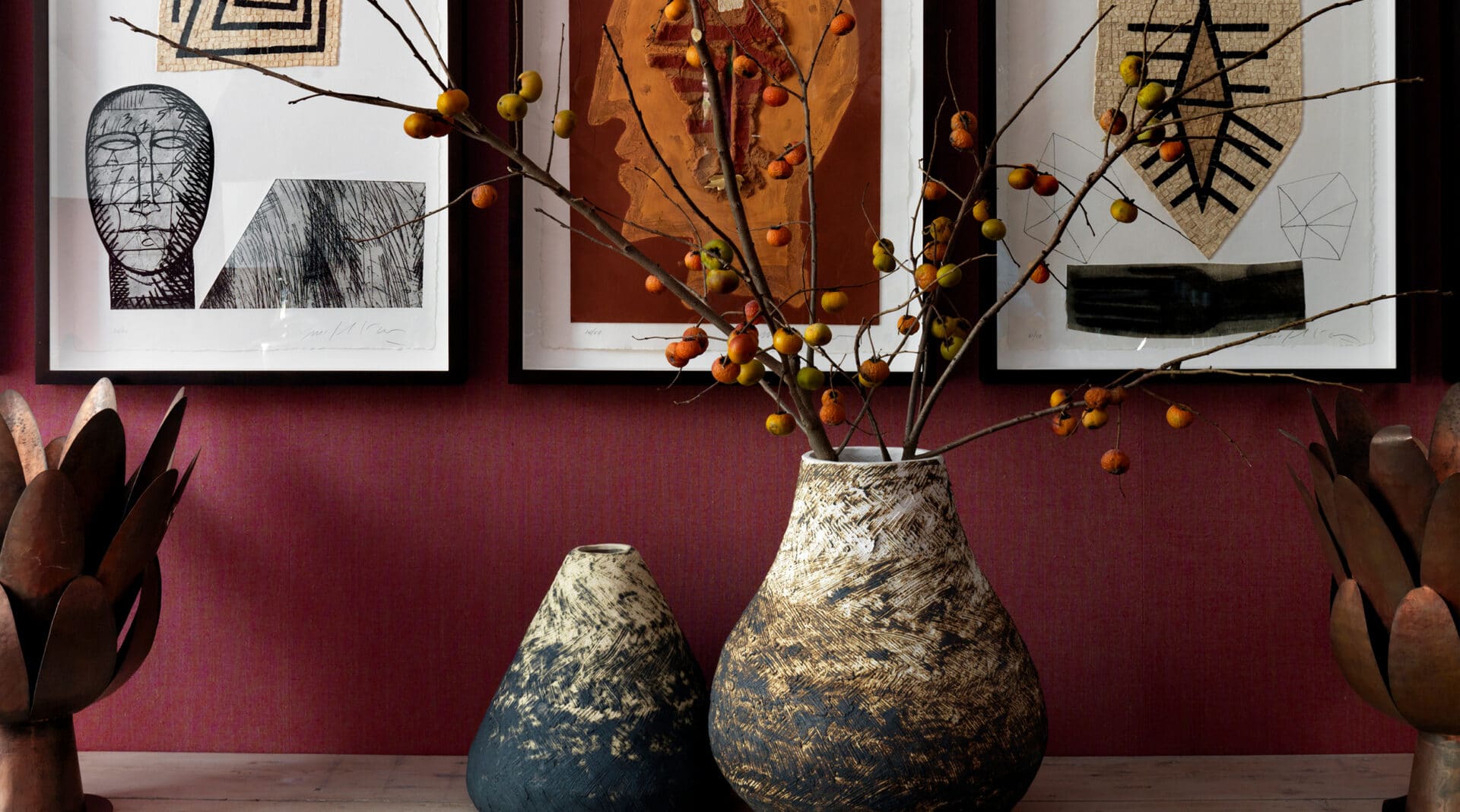
The Little Sister – The Relationship Between Art and Craft
Day to DayWhen does craft become art? Historically, craft was an anonymous and wide ranging category, where artisans were largely unknown and their expertise were considered less academic. While fine arts relate more to the individual and intellect, craft focuses on manual skills. Dedicated craftsmen were mastering their art to perfection but despite their skill, craft was often considered to be the "little sister" of art - the one that no one listens to...
When does craft become art? Historically, craft was an anonymous and wide ranging category, where artisans were largely unknown and their expertise were considered less academic. While fine arts relate more to the individual and intellect, craft focuses on manual skills. Dedicated craftsmen were mastering their art to perfection but despite their skill, craft was often considered to be the “little sister” of art – the one that no one listens to!
It was not until after the Renaissance, that craftsmen started to become better known. The art world has profoundly evolved since, and craft is finding its way into the spotlight. At this year’s Frieze London art fair there was a specially curated section called ‘Woven’, which brought together the work of several generations of artists who work with textiles, weaving, tapestries and embroidery.
Here at Kit Kemp Design, we always seek to encourage and promote craft; we feel true admiration for the craftspeople and that is certainly reflected in our designs.
We have even tried our hand at crafting our own embroidered pieces. This ‘La Diosa de Oro‘ chair was designed and embroidered by Minnie Kemp, entirely by hand.
Embroidery
Embroidery has existed almost as long as man has been able to produce fabrics. The word embroidery comes from the French word broderie, meaning embellishment. At Charlotte Street Hotel, I have used ‘Ashenwood’ in the Summer colourway, my design for Chelsea Textiles. This embroidery is made by hand using English wool and feels very bespoke and individual.
Frames
Picture frames can be works of art in their own right and at Firmdale, sometimes the frame makes the art. At The Soho Hotel, we framed handmade fabric flamingo toys with a tropical and vibrant background in a deep frame. This setting establishes a conversation between the two components and creates a story. To complement this traditional drawing of a King Charles spaniel in Brumus at Haymarket Hotel, we created a frame made from dog food cans, an unusual and contemporary finish to a classic piece of art.
For my collaboration in the loft at Bergdorf Goodman, we worked with a talented ceramic artist who creates original novelty ware inspired by 19th century Staffordshire ceramics. We re-imagined our favourite Mythical Creatures, inspired by my fabric for Chelsea Textiles, into handmade and completely unique ceramic candlesticks.
Ceramic and Porcelain
Archaeologists have uncovered ceramics that date back to at least 24,000 BC, including figurines and daily objects such as vases and plates.
At Ham Yard Hotel we have a collection of beautifully glazed plates. These have been framed in Perspex and displayed in a way that elevates them to artworks.
In Haymarket Hotel’s Room 101, we have displayed a collection of exquisite teapots. Varying in height and shape, each teapot tells a story and is proudly displayed in this beautiful vitrine.
Weaving
Weaving is a method of textile production in which two distinct sets of yarns or threads are interlaced at right angles to form a fabric or cloth.
Mary Restieaux is a master weaver whose beautiful Ikat art, termed ‘Poetry of the Loom’, is often included in our hotels. In Ham Yard Restaurant, Mary’s Ikat weaves take centre stage and is displayed as a work of art in a simple black frame.
Craft will always be art at Firmdale Hotels and this ‘little sister’ will always have a strong voice in our designs.
Discover more about our appreciation of craft in the November issue of Hospitality Design, edited by Kit Kemp.


